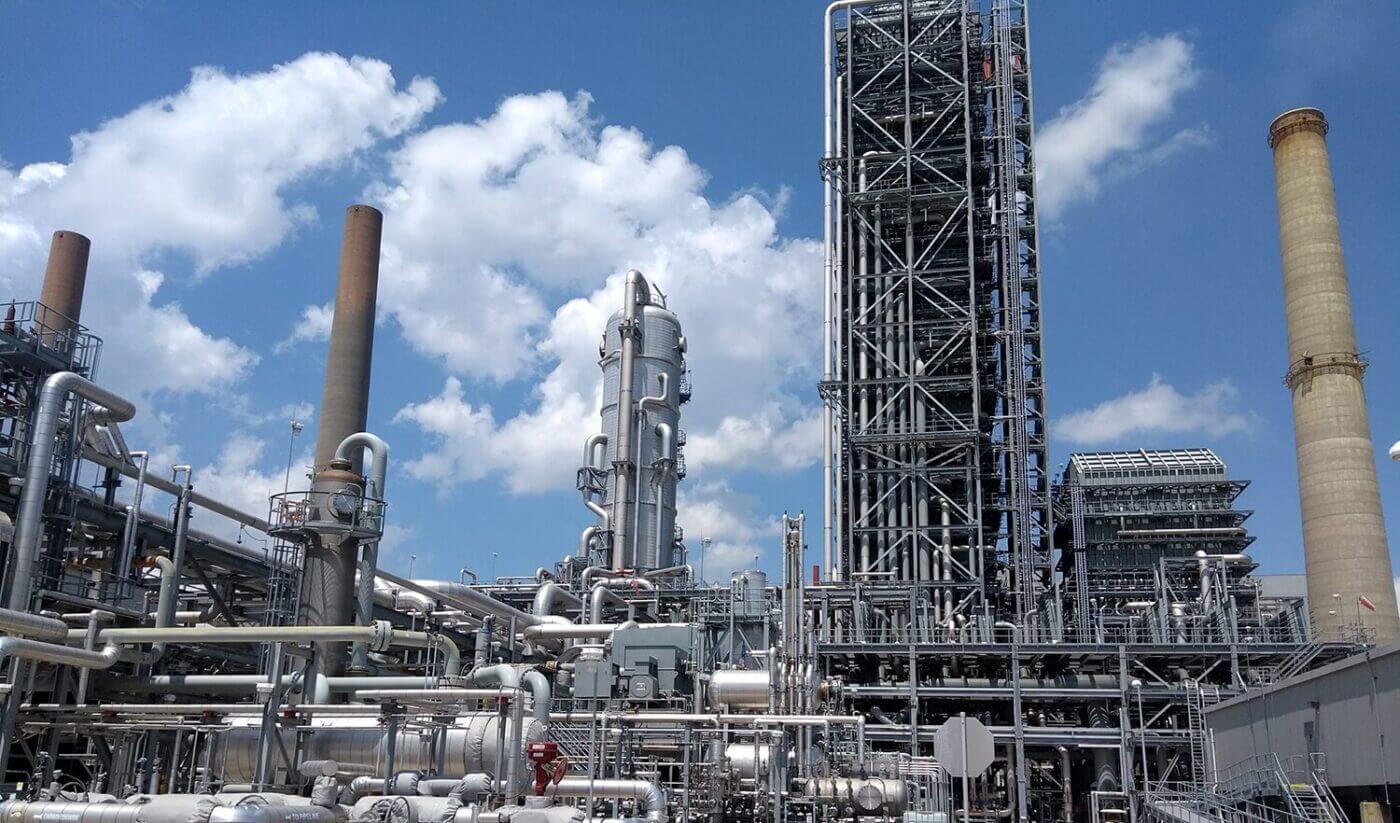Imagine this: The global temperature continues to rise, glaciers are melting, and natural disasters are on the increase. The danger is that if we do not cut back CO₂ emissions, then climate change will be irreversible. But what if it is possible to remove the CO₂ from the atmosphere before it can do damage? That is what carbon capture technology seeks to achieve.
But is this the technology we have been looking for? Does it actually have the potential to solve the global warming problem? Or is it another costly venture which is likely to fail? Okay, let’s get to the specifics and see what we can learn!
What Is Carbon Capture Technology & How Does It Work?
To get an understanding of this technology, let us use an analogy of a vacuum cleaner for pollution. Carbon capture systems are much like vacuums that suck up dust before it can spread throughout a room; they pull CO₂ away from power plants, factories, and even the air before it can be emitted.
Once captured, the CO₂ is either:
✔️ Stored underground in deep rock formations (Carbon Capture and Storage – CCS).
✔️Industrial applications such as manufacturing synthetic fuels or enhancing food production (Carbon Capture, Utilization, and Storage (CCUS)).
The goal is simple: Halt CO2 emissions in the meantime so that we can avoid climate change as we shift to new sources of energy. But how exactly does it work?
How Do We Capture Carbon? The Three Main Methods
To capture CO₂, there isn’t a one-size-fits-all solution—scientists have found several ways to do it. Now that you understand the basic definition of analysis let’s look at the three main types.
1️⃣ Pre-Combustion Capture – Stopping CO₂ Before It Forms
This method takes out carbon before the fuel is burned. It operates by combusting fossil fuels, producing hydrogen and CO2, and then capturing the CO2.
🔹 Best for: Power plants that use gasification.
🔹 Challenge: Requires expensive equipment.
2️⃣ Post-Combustion Capture – Cleaning Up After Burning Fuel
Here, it is removed from flue gases following the combustion of fossil fuels. The CO₂ gets trapped by the special chemicals, which do not release it into the air.
🔹 Best for: Coal and gas power plants.
🔹 Challenge: Energy-intensive and costly.
3️⃣ Direct Air Capture (DAC) – Sucking CO₂ Straight from the Air
Unlike the other methods, DAC removes CO₂ directly from the atmosphere. These fans are giant, and they suck in air, and the carbon dioxide is removed by special filters the purified air is let out.
🔹 Best for: Offsetting emissions from industries and transportation.
🔹 Challenge: Cost is high, and much energy is used in the process of production.
Now that we know how carbon capture technology works, the next big question is: Is it really worth it?
The Pros & Cons of Carbon Capture Technology
Similar to all other technologies, carbon capture has its strengths and weaknesses. Let me give you the pros and cons of the argument.
✅ The Benefits: Why Carbon Capture Is Important
✔️ Fights Climate Change – CO₂ is captured and hence can greatly decrease the emission of greenhouse gases.
✔️It also supports Heavy Industries – Industries such as steel, cement, and chemicals are big polluters of CO₂. Carbon capture enables them to run their activities without harming the environment much.
✔️ Compatible with Renewable Energy – As the world moves towards green energy, CCUS can help to decarbonize power plants while we transition to geothermal and other renewable sources.
❌ The Challenges: Is It Really a Solution?
🚧 High Costs – To capture CO₂ costs between $50 and $150 per ton. Storing and transporting it also requires keeping up with some extra expenses.
🚧 Energy Use –. Carbon-capture power plants are less efficient and demand more energy to power the system.
🚧 CO₂ Storage Issues – CO₂ gas is stored underground, which is a risk because if it escapes, it can be life-threatening.
Therefore, if carbon capture is costly and energy-intensive, why are various companies investing in carbon capture? Let’s examine the key market participants in this area.
Who’s Leading the Way in Carbon Capture?
A number of companies and governments are trying to enhance carbon capture technology. Here are some of the biggest names:
Climeworks (Switzerland): One of the world’s leading direct air capture companies, which transforms CO₂ into stone-like substances.
Carbon Engineering (Canada): Creating new big facilities for the purpose of removing CO₂ from the air, so-called DAC plants.
Chevron & ExxonMobil: The firm proposed that the oil and gas industries should be supported in investing in carbon capture.
Northern Lights Project (Norway): It is one of the world’s biggest CO2 storage projects.
Net Zero Teesside (UK): To achieve this goal of making the first completely decarbonized industrial area.
These projects prove that governments and industries trust carbon capture technology. However, can it really change something in the future?
The Future of Carbon Capture: Can It Scale Up?
So, if carbon capture is actually going to be a part of the solution for climate change, it has to get cheaper, it has to get more efficient, and it has to get used more. But will that happen?
Will costs go down? Current research is focused on improving the methods and finding more cheap materials for capturing the CO2.
Can it do it quickly enough? Carbon capture, however, is currently only capable of removing a very small proportion of total emissions. We require thousands more facilities to make a significant difference.
Will governments support it? It is for these reasons that policies such as carbon taxes and subsidies should be allowed to support organizations investing in carbon capture.
This article has, therefore, shown that while carbon capture may not in itself be sufficient to combat climate change, it can also be useful when used together with renewable energy and energy conservation.
Conclusion
Thus, is carbon capture technology a solution for the future of climate change? Maybe.
This means that this technology can contribute to the fight against emissions, but it is not the best solution. The high costs, energy requirements, and storage problems also make it not a panacea for global warming.
But if scientists and companies are able to find a way to make carbon capture less expensive and more effective, it could be a real boon in combating climate change.
What Do You Think?
Is this technology the future, or should we focus on renewables instead? Share your thoughts in the comments!




